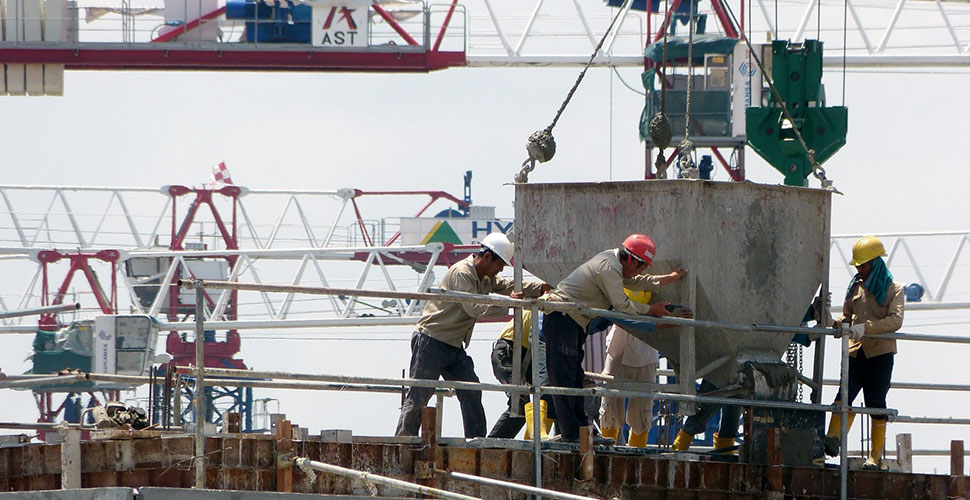

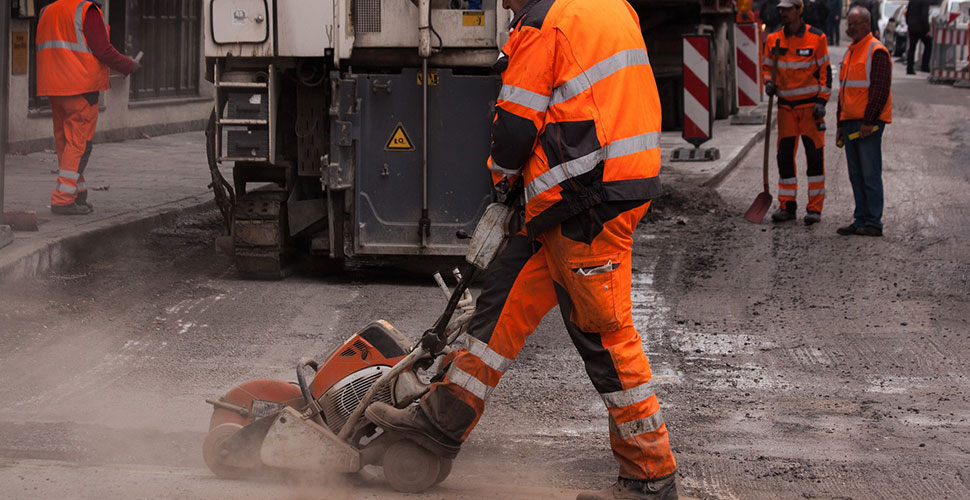
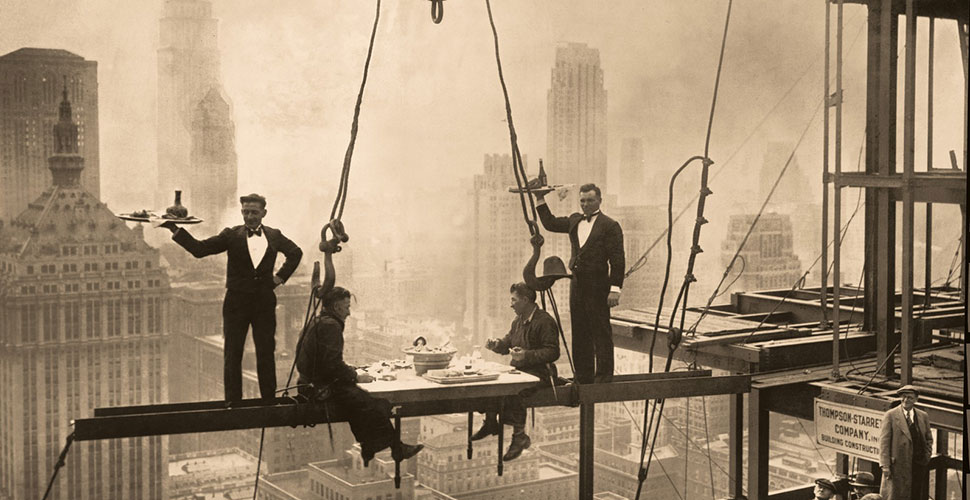
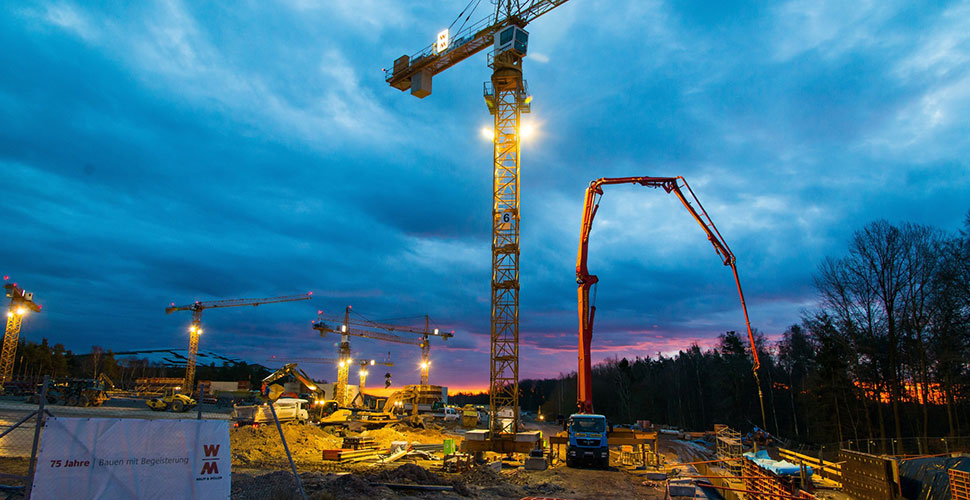
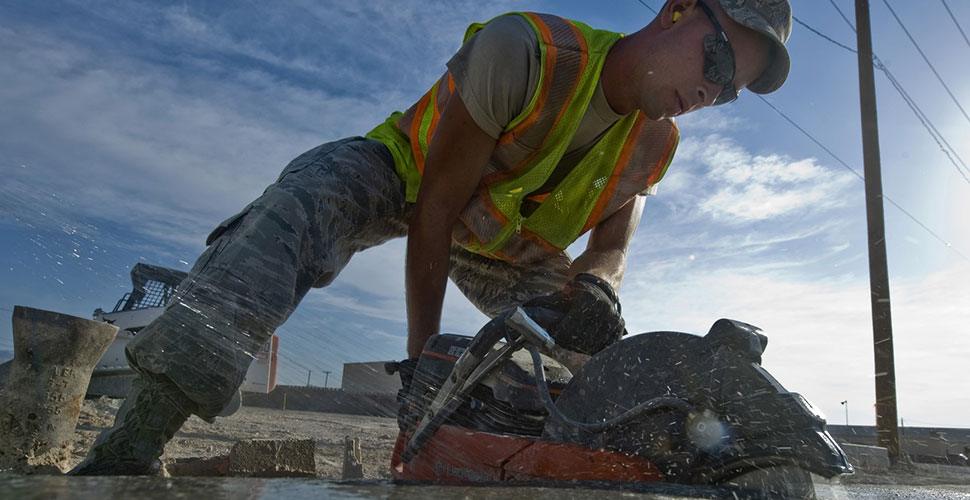
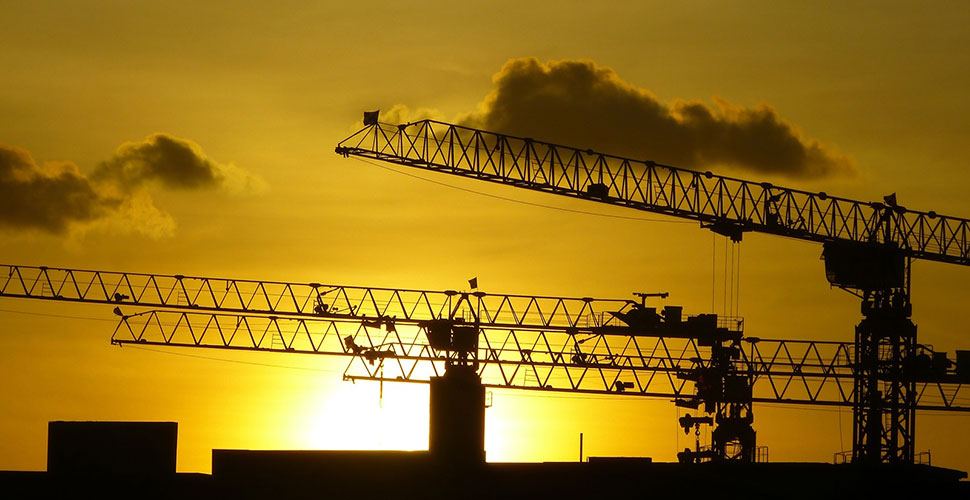


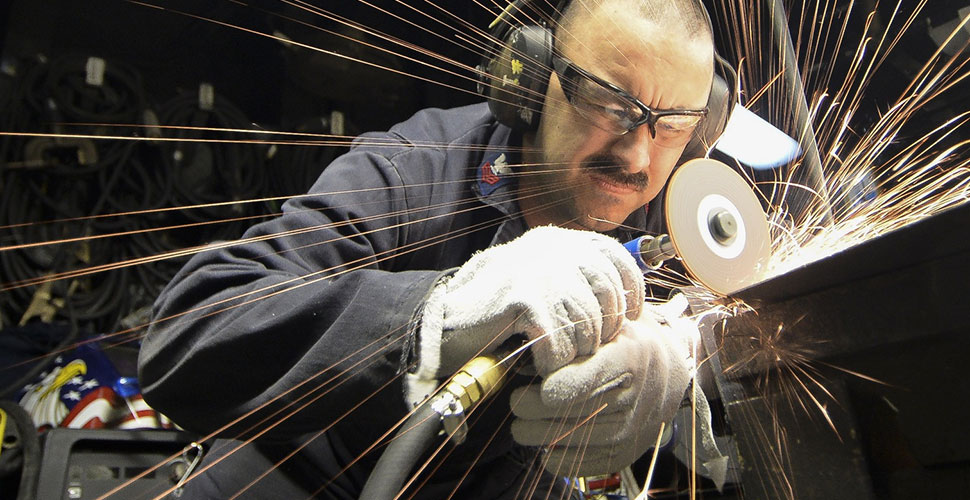












Ensuring health and safety in the workplace is already a critically important issue, especially within the built environment industry. Organisations or worksites that invest in occupational health and safety perform better, reduce turnover and help workers do their jobs more effectively. However, COVID-19 has prioritised workplace and safety like never before. Companies have been forced to act quickly and decisively to not only ensure the safety of employees but the day-to-day continuation of key projects. Even recently, construction sites in both Victoria and NSW experienced a snap shut down due to the number of positive cases linked to worksites across the sector. It has become clear that COVID compliance has become a significant part of workplace health and safety and that effective leadership and management within this space, will be critical for the built environment industry to complete the mounting number of infrastructure projects in the pipeline. Consequently, in conjunction with safe work month, Design & Build explore the shifting state of workplace health and safety within the built environment industry, and what will be a focus for the industry moving forward:
Like with the majority of industries worldwide, the construction industry had to adjust the majority of its processes and systems to minimise the risk of exposure and spread of COVID-19, such as physically distancing and additional hygiene and screening precautions. However, there are some unique factors within the industry that make implementing the necessary COVID-19 safety precautions difficult. For example, the nature of work being conducted means that certain tasks cannot be performed remotely and require workers on site. Sites traditionally will also have multiple pieces of communal equipment or machinery and especially on bigger commercial projects, will use personnel hoists and lifts for workers to travel across the worksite; all things that pose an increased risk of exposure to COVID-19. Consequently, on top of all the standard health and safety procedures occurring on a worksite, management and health and safety professionals also had to develop control measures to best minimise these risks, such as providing PPE to all workers on site where possible, limiting employee movement between levels and floors on-site where possible, managing and organising the regular cleaning of shared equipment, transit areas etc (Work Safe Victoria, 2021)[1].
Another unique challenge the built environment has faced during this time is the mounting pressure on the industry to deliver key projects. The industry is seen as a vital part of stimulating the post-COVID economy and there have been significant incentives from the federal government to start work on ‘shovel ready’ projects. For example, transport civil engineering projects to maintain road and rail networks across different states have been deemed ‘essential’ and have received considerable financial investment so that work can start immediately. Schemes like converting roads to cycle lanes, or the construction of new train stations have become a key focus for state governments, as they try to adapt to the new travel patterns arising from COVID-19 (Laverty et al.,2020)[2]. Because of the sheer number of mounting projects, it’s important that the built environment industry can develop measures that allow workers to work safely, while still in a flexible and productive manner that is better equipped to withstand COVID-19 outbreaks, snap lockdowns and even future pandemics. And building this level of resilience won’t be possible without effective health and safety practices and leadership in place.
What is Safety Leadership?
Safety leadership should exist at all levels of an organisation and across all industries. While the level of safety maturity will vary from person to person, the aim of an effective safety leadership program is to create a safer and more productive workplace through education and empowerment. An effective safety leadership program will appoint safety leaders at all levels (not just upper management) and across multiple segments. As these leaders develop their practices over time, they can pass their learnings on to others, motivating and empowering individuals across the business to improve and drive health practices and cultivating a culture of safety within the workplace[3] (Worksafe QLD,2020).